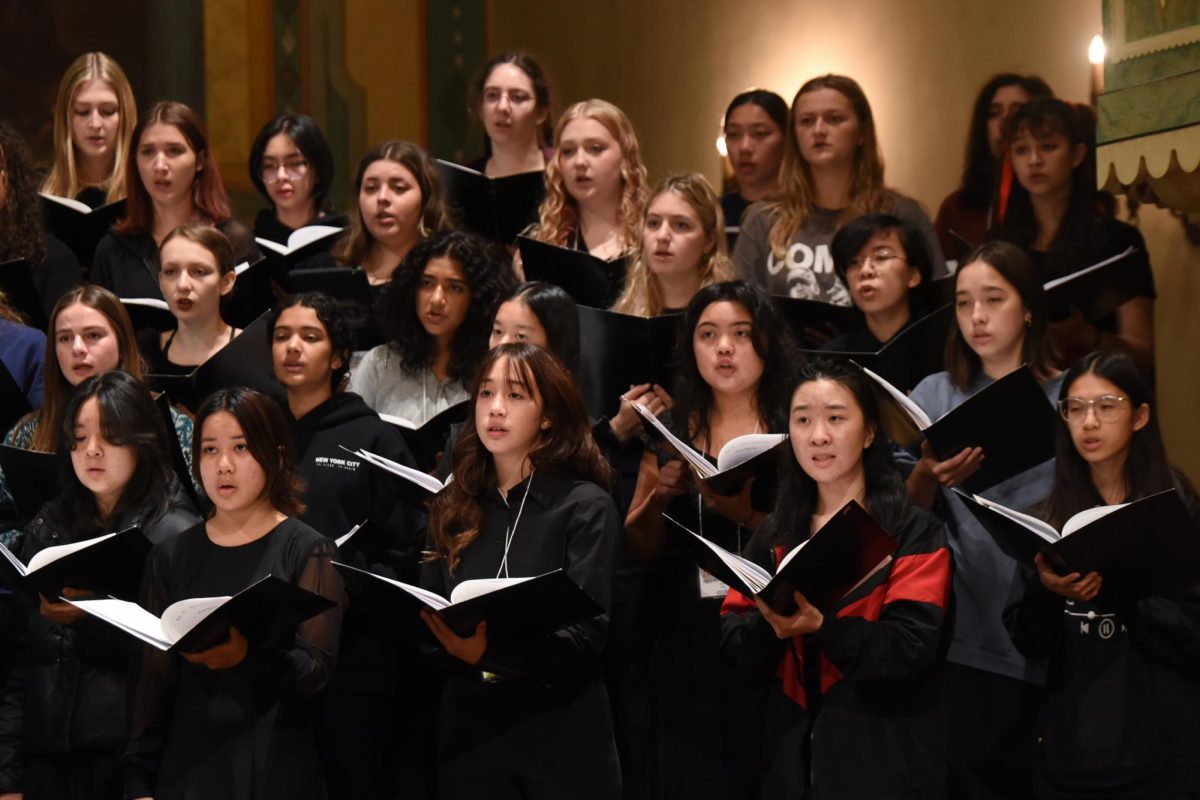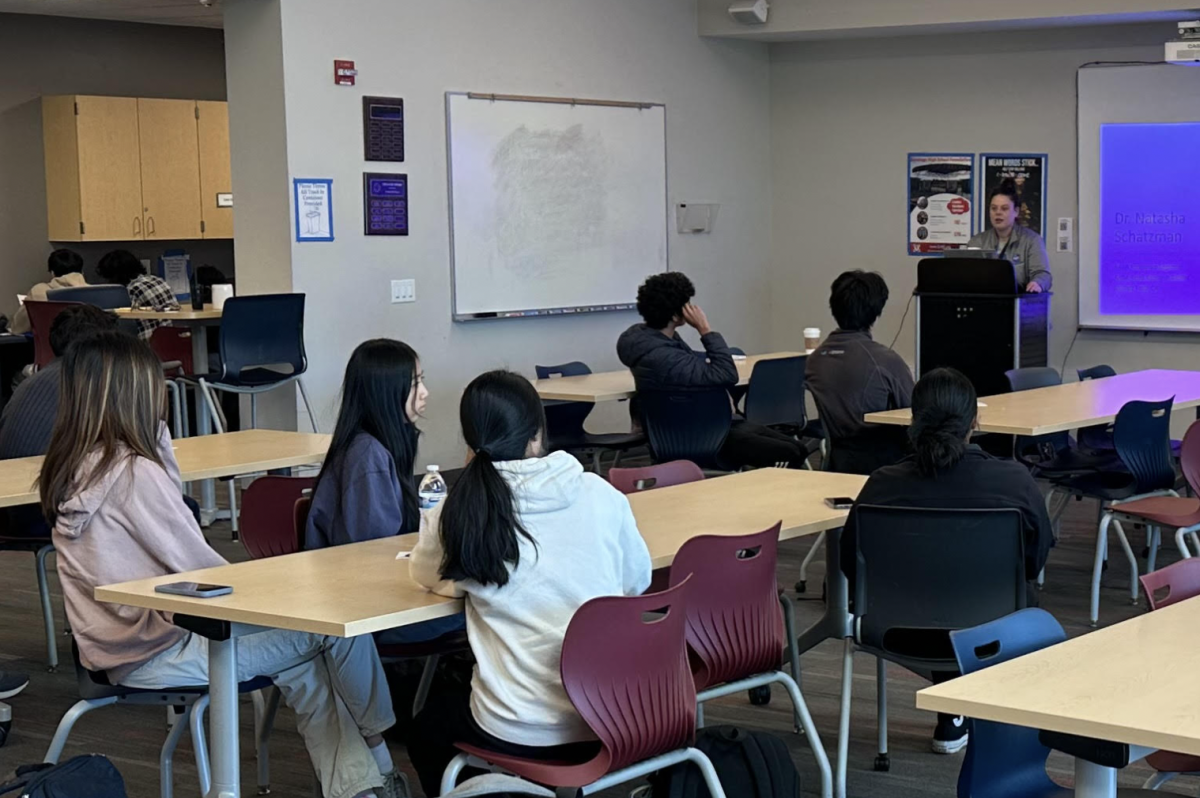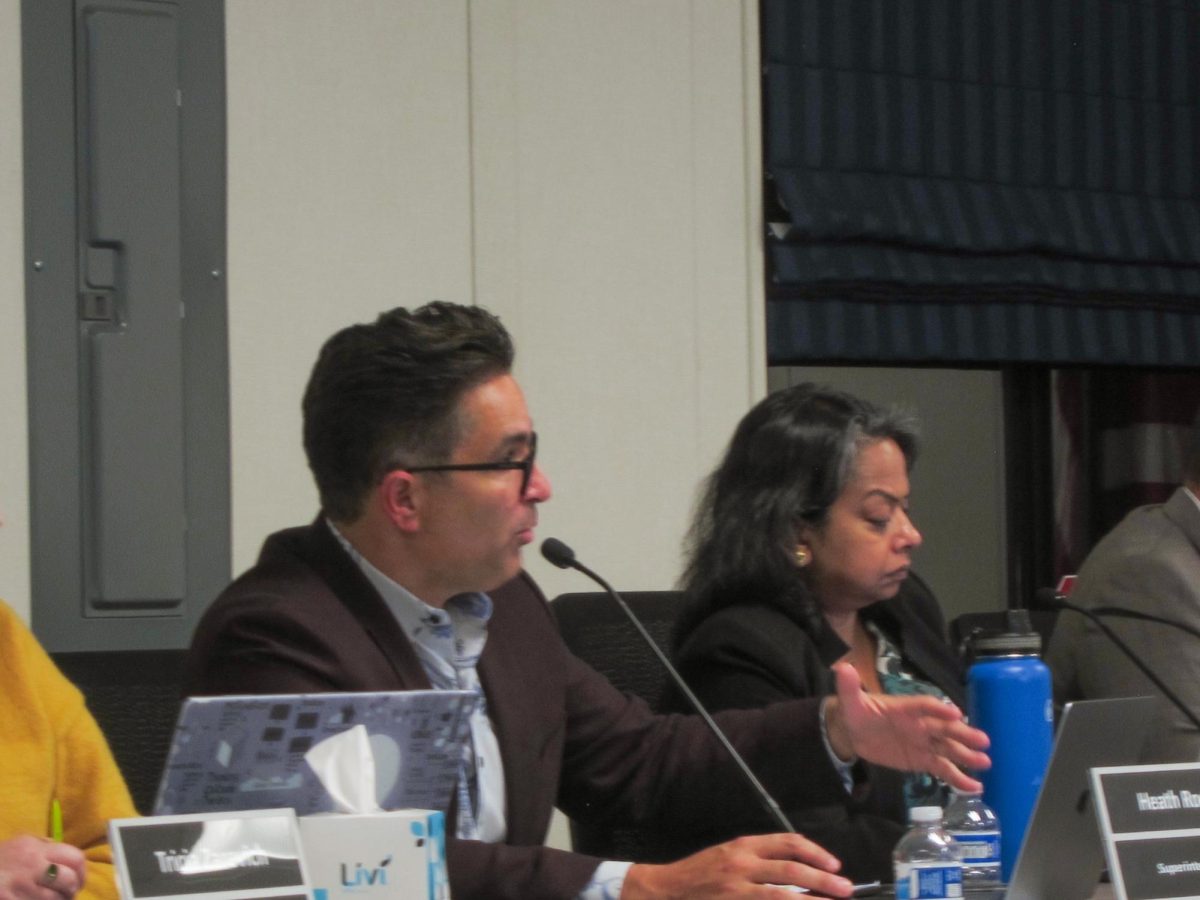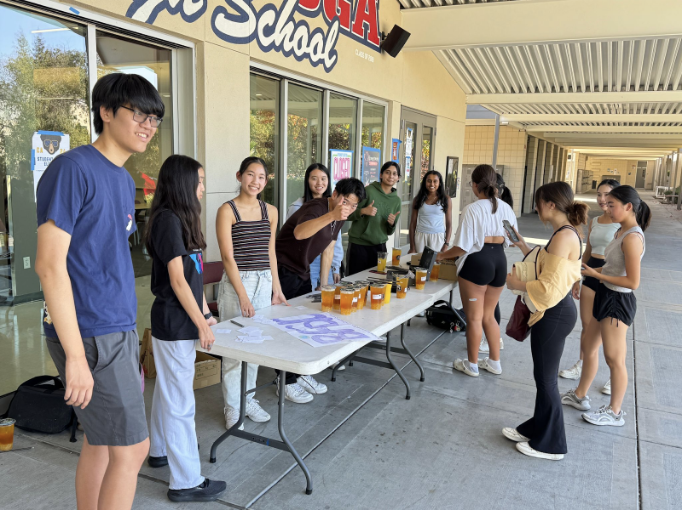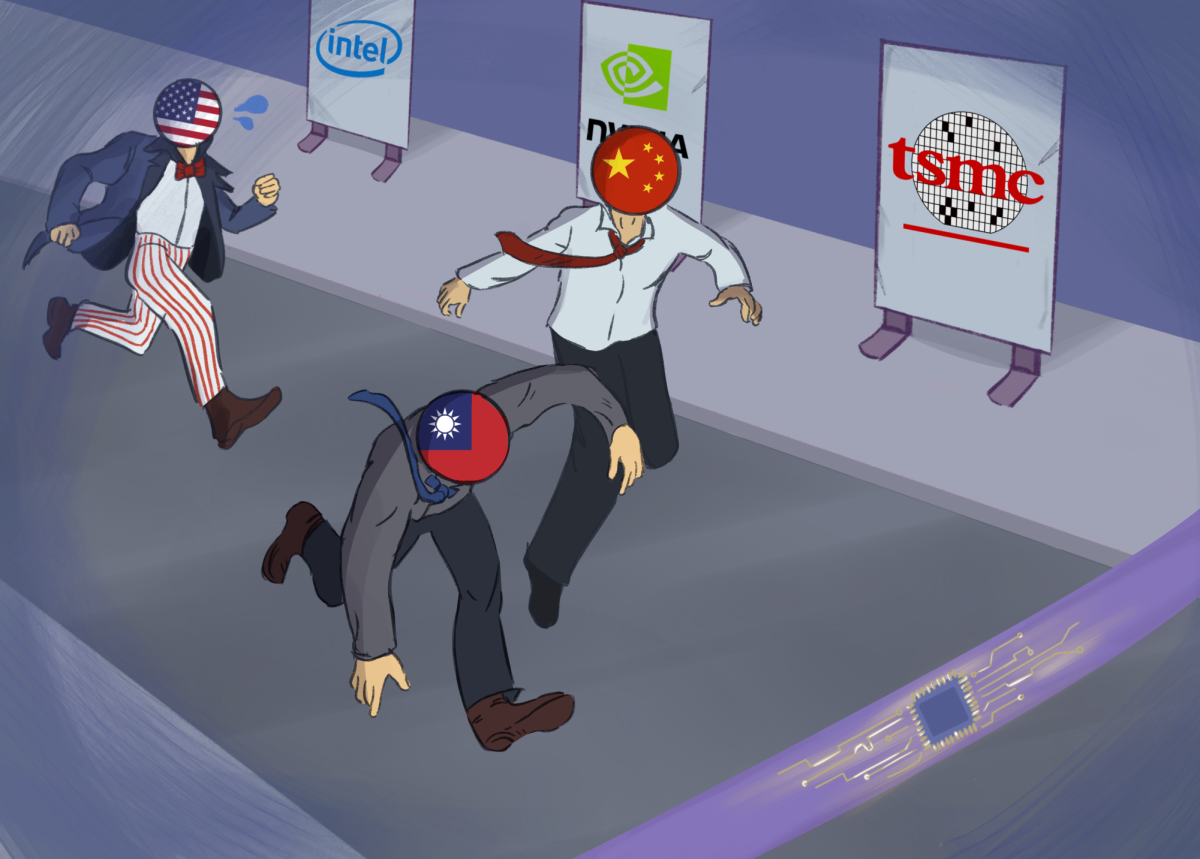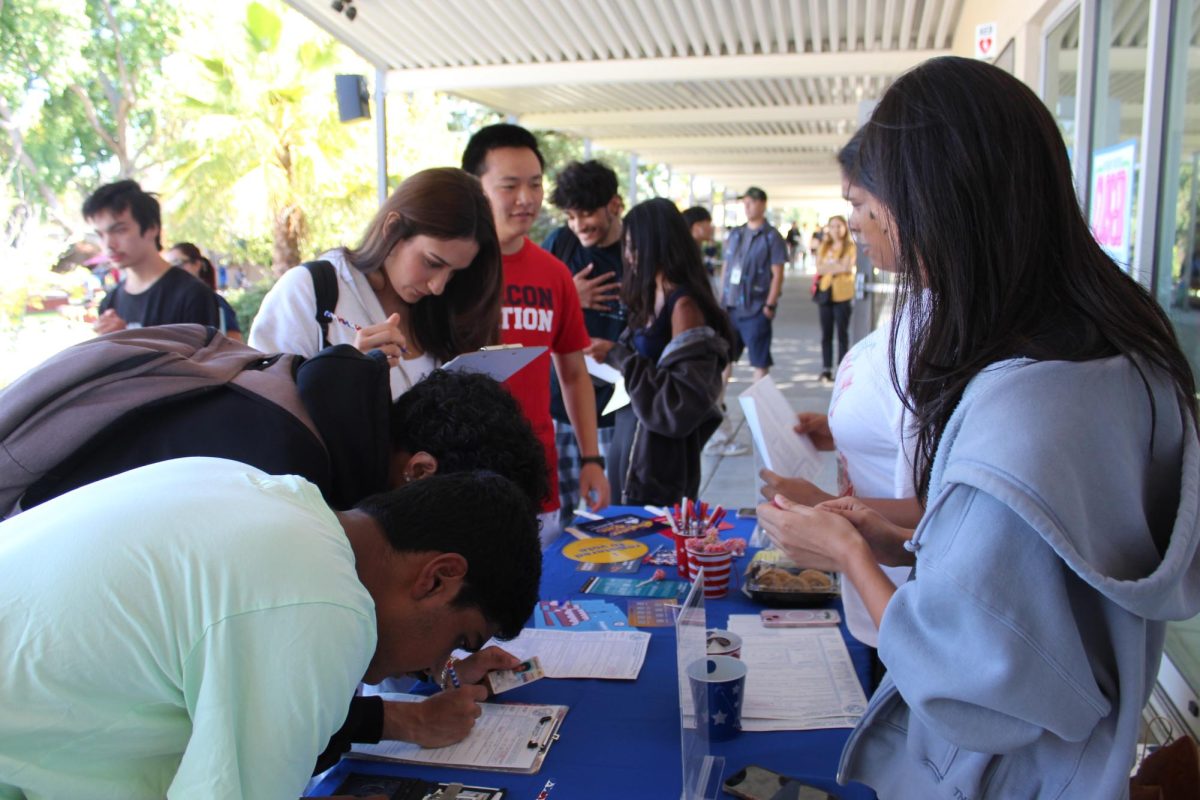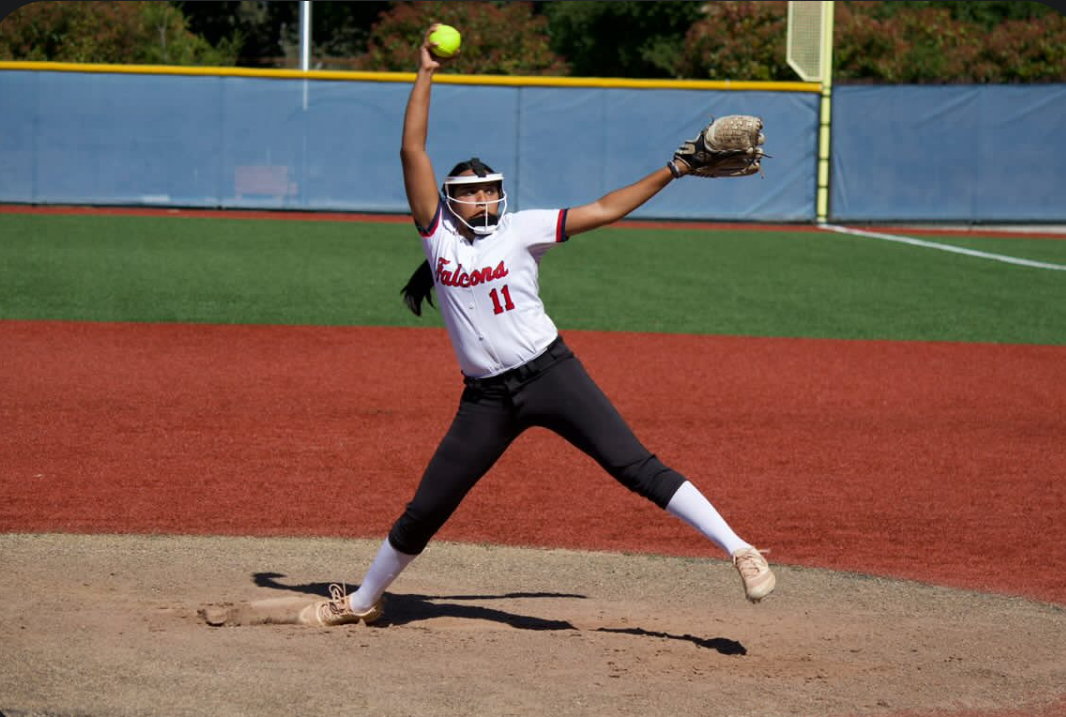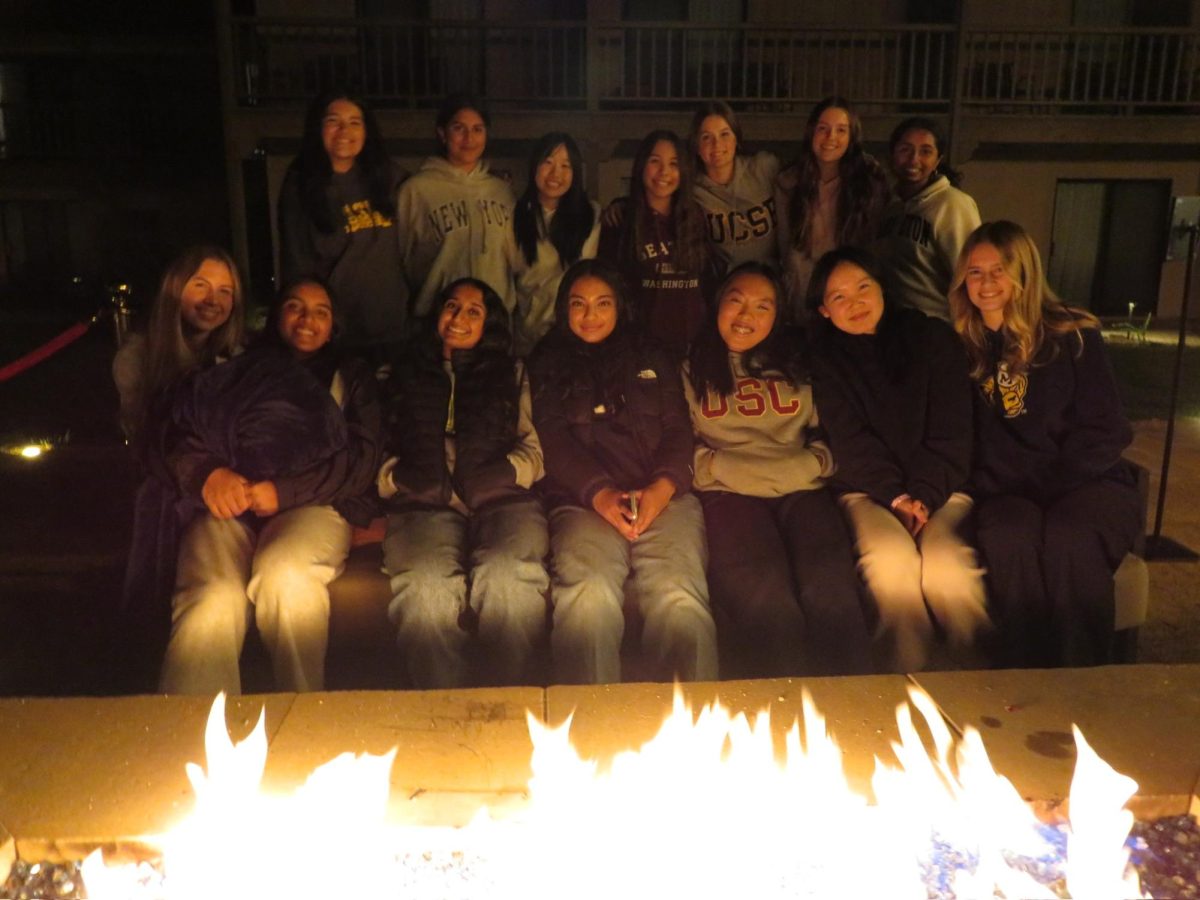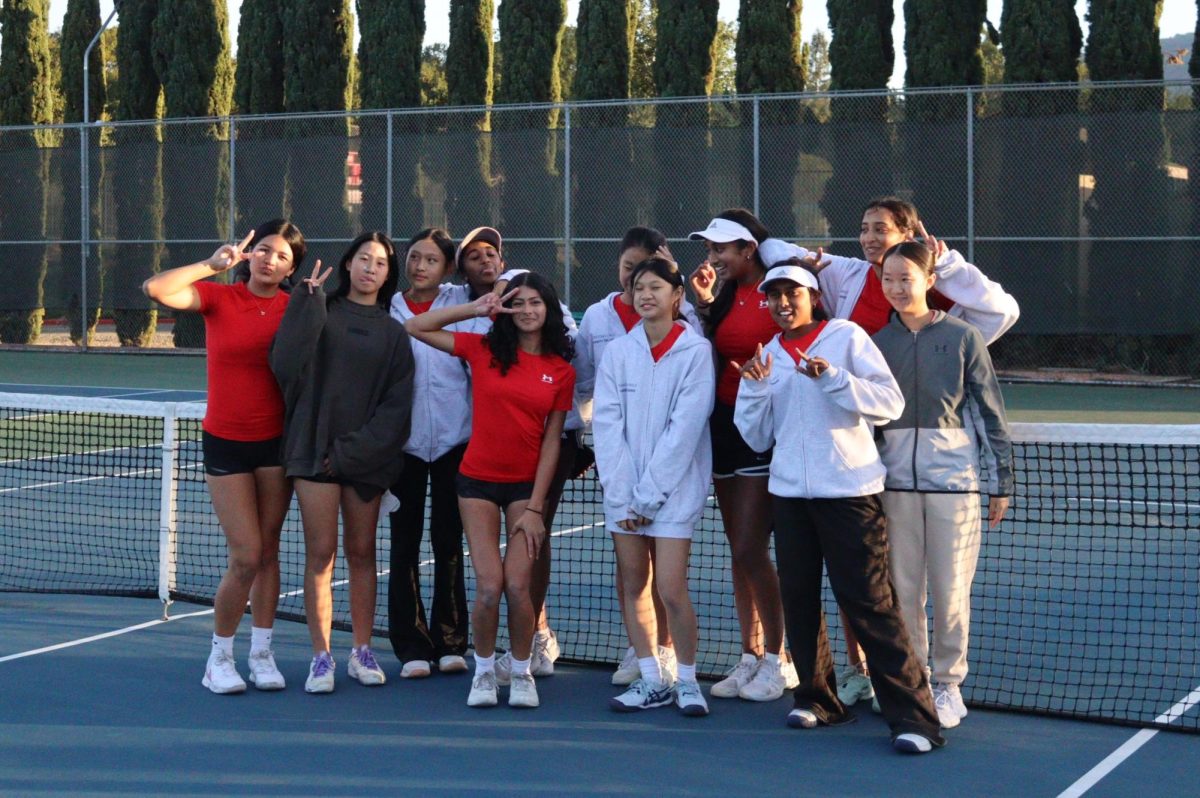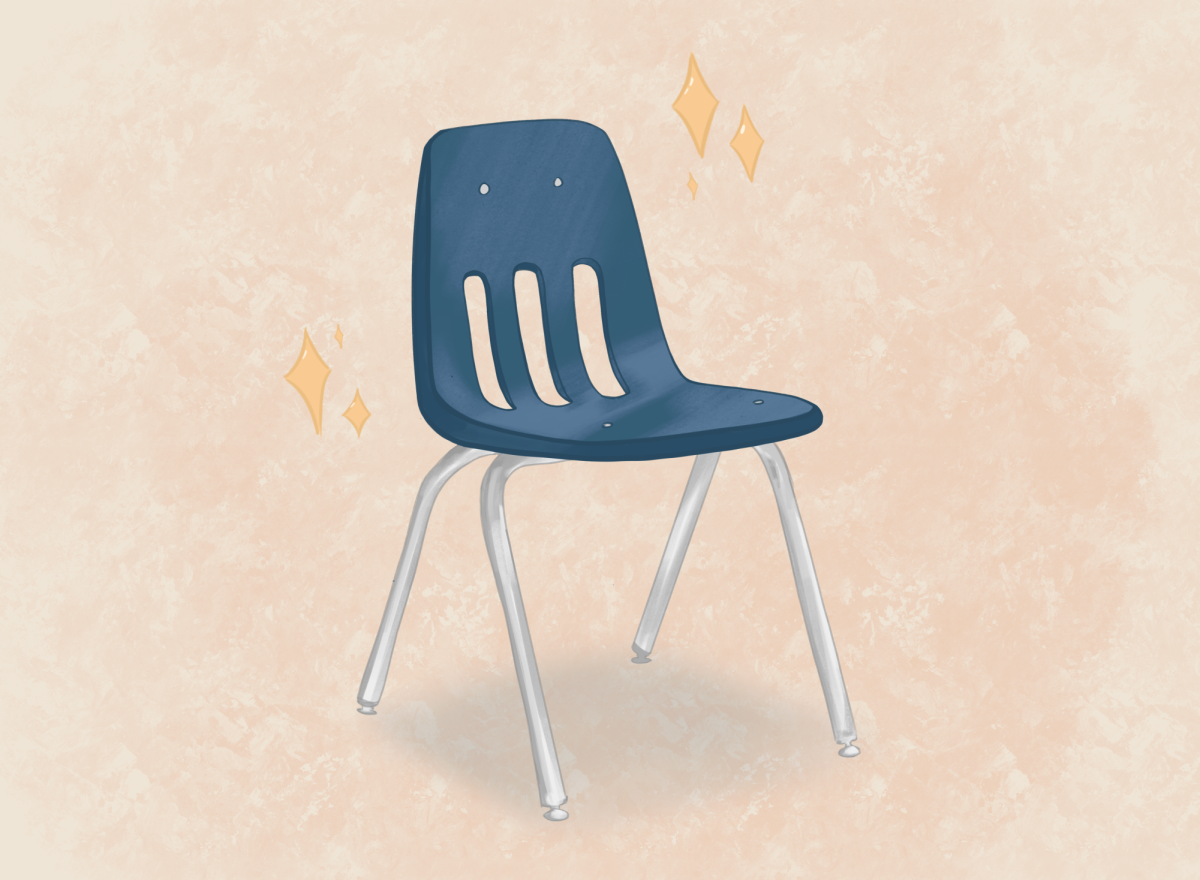As the Leadership class completes its third year, major changes are coming to its structure and general operations, making it, in the words of activities director Matt Torrens, “leaner and meaner.”
For one, fewer students will be in the class next year — the result of an annual re-evaluation of the class by Torrens and the ASB. The second-period class currently has 55 students, but will have 42 next year.
The motivation to shrink the class, he said, came from an ASB visit to Palo Alto High on Jan. 24. Despite having roughly 750 more students, Palo Alto has a leadership class that is smaller than the one here.
Starting next year, Leadership will have one fewer class representatives for juniors and seniors and two fewer for freshmen and sophomores. In addition, the spirit commission will be blended into the rally and Homecoming commissions. The rally commission will remain part of the class.
Having a smaller class means that Leadership will be able to work more efficient and put on more fun and inexpensive events, student leaders said.
Freshman class president Derek Hsu thinks these changes are not only good for the class but for the effectiveness of officers’ production.
With fewer students in Leadership, more work will fall into the laps of those who remain.
Said ASB vice president George Bian: “Since there will be less people, it will be easier to hold others accountable to the work assigned and we will be able to be more efficient with most of our event planning.”
For junior class representative Claire Smerdon, the change, while well-intentioned, feels rushed.
“I understand the end goal and why the class size is being decreased, but I think the transition is too fast and ambitious,” she said.
Instead of trying implement a system and making students adapt to it in one year, Smerdon thinks it would be more ideal to transition it over the course of four to five years.
Nevertheless, Smerdon agrees that decreasing the number of students will help get things done.
“It is very difficult to manage a group of 50 or 60 people,” she said. “The end goal is that each individual should feel a bigger responsibility to contribute to the class as a whole, to reach outside the responsibilities of their class commission.”

